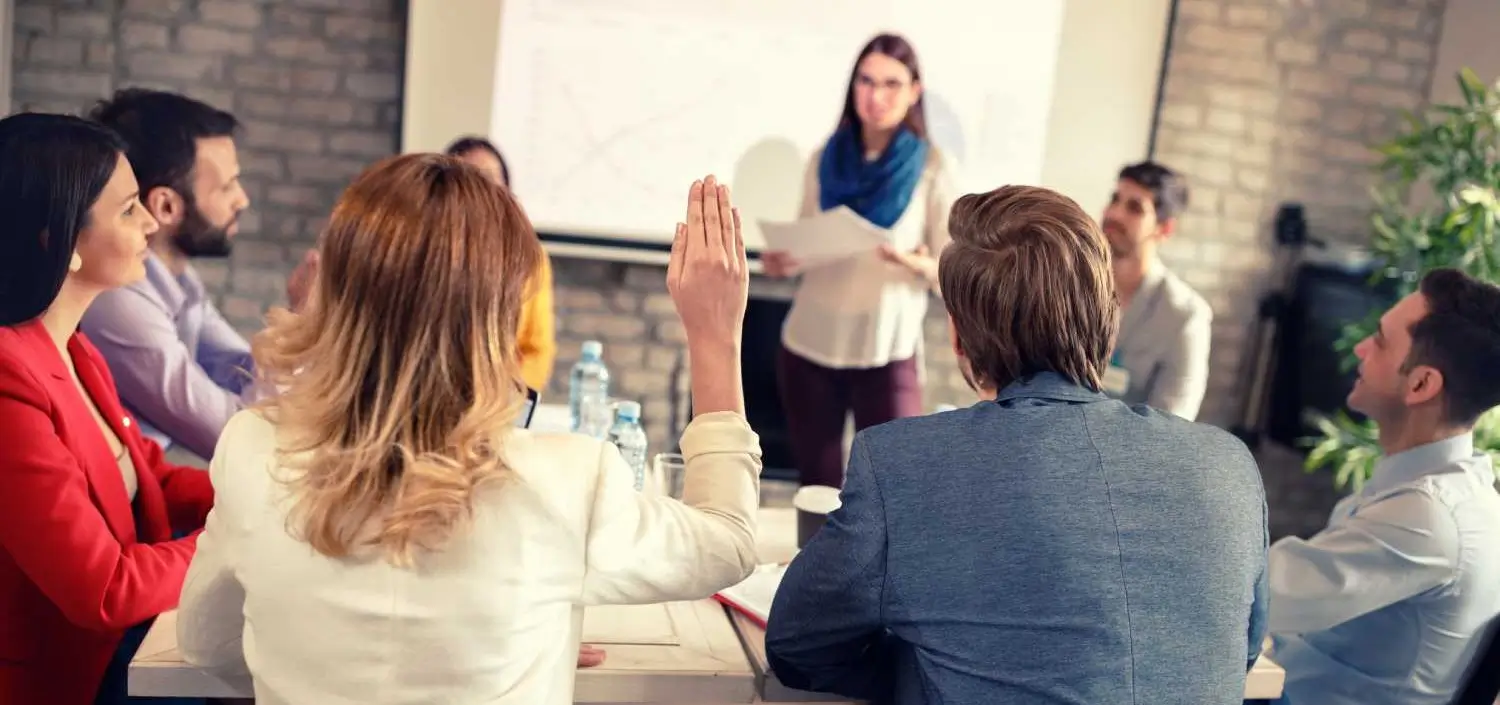
It happens innocently enough. Your boss hands you an extra assignment that turns out to be a major undertaking. Or a colleague takes a leave of absence and you’re asked to absorb his workload. Or you agree to chair a youth sports league fundraiser because you feel guilty you haven’t been that involved lately.
Before you know it, you’ve got too much on your plate with too little time to get it all done. While you could do a beautiful job on any one of these obligations, the total soaks up every last bit of white space in your life, leaving you little to no margin. You feel anxious and overwhelmed. You worry you may no longer be able to keep up if something doesn’t let up. And you know if a problem arises, everything could come unraveled.
If this frenetic pace sounds all too familiar, you are not alone. Good leaders are in high demand, and chances are you’ve been handed things or asked to lead because you get things done.
It’s good to be a willing leader – and being asked to lead affirms our “achiever” status. But it’s not good when the volume impacts our ability to produce good thinking and solid execution. It’s even worse when the stress jeopardizes our health, our state of mind, and negatively impacts our outlook on life.
We need more margin in our lives, especially as the demands and the pace increase. That’s why it’s important to develop discipline – and a system – for capturing, evaluating and prioritizing the responsibilities you take on. When you are intentional about thinking through what you do and why you’re doing it, you are in a better position to manage your schedule, minimize your stress and maximize your joy.
A Different Approach I’ve been guilty of taking on way too much for a lot of my leadership journey. As I have learned to become a destination leader with a journey mindset over the past several years, this has gotten better. Recently, I decided to try a new approach to evaluating my workload and setting priorities with the goal of creating more margin in my life.
So far, it’s really working, and I am far happier with how I am handling the projects I’m leading. I have more energy and focus around my work and greater clarity about what’s a need-to-have vs a nice-to-have. Most importantly, I have created more space for family and more downtime for myself. Here’s how it works.
Step one: Evaluate your responsibilities Start by making a master list of everything you have on your plate for the next 90 days. Write each item down on the left-hand side of a page. Include both work and personal responsibilities – I group them together so it’s easier to see that I’ve considered all aspects of my life.
Across the top of the page, write the following criteria, creating a column for each. Then working your way down your list, rank each criteria for each responsibility on a scale of 1-5 with 5 being the highest. Ask yourself these questions:
Here’s an example:

Step two: Set your priorities Tally up your scores for each responsibility, putting a mark beside your highest scores. Look for a natural break point in the scoring to divide into two lists:
If it helps, consider your work and personal items separately so you can ensure responsibilities from both parts of your life make the top-priority list.
Step three: Protect your time Once you know your top priorities, review your weekly and monthly schedule. Identify ways to protect your time so you can focus on these more important projects. For example:
Be sure to block time for important family obligations, connecting with friends and investing in your personal well-being, such as health and mindfulness activities. This is part of the margin you want to reclaim for your life. If you don’t intentionally create time for these things, they’ll fall off your schedule very quickly.
Step four: Prune your list Now that you have a better feel for how much time you need to devote to your top priorities, consider your secondary priorities. Do a stop/delegate/wait analysis:
As you ask yourself these questions, think about what you’d rather be doing when you create more margin in your life. Use that vision as motivation to prune more things.
Step five: Take action Finally, implement your decisions as soon as possible. Here’s a tip: If you’re finding it hard to say “no,” try saying “not now.” I have a friend who often says, “I have a high interest in that project, but low availability.” Your primary goal is to protect your time for the immediate future, so you can:
Additional Resources for Getting Your Life More Organized Do you fear your tendency to be disorganized is contributing to the problem? Ask yourself if either of these statements describes your life:
If these statements are true for you, you need to put “getting more organized” at the very top of your priority list. Here are some additional resources:
Here’s to a more organized and rewarding 2018 that allows you to focus on your top priorities while creating greater margin in your life.
Any tips to share? I’d love to hear from you – email me at elise@elisemitchell.com.
Copyright (c) 2018 Velocity Collective, LLC. All rights reserved.



